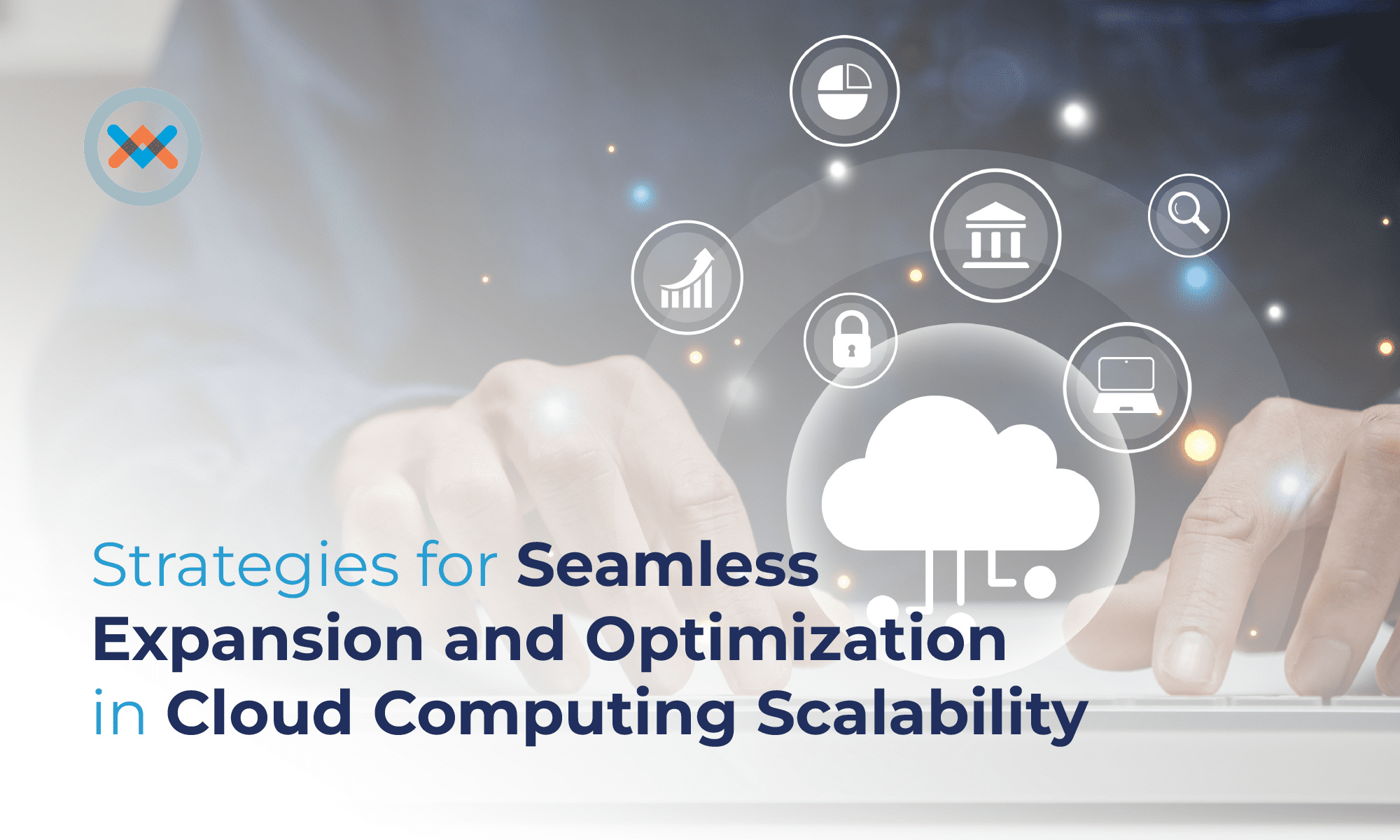Identity and Access Management (IAM) is a framework that allows organizations to manage the digital identities of their users and control their access to resources, such as applications and data. IAM is becoming increasingly important in today's digital world, as more and more organizations are moving their operations to the cloud and relying on cloud-based services to store and process sensitive data. It is predicted that by 2026, 75% of organizations will adopt a digital transformation model with cloud being the underlying foundation.
IAM Key Components
IAM involves several key components, including authentication, authorization, and user provisioning and de-provisioning. Authentication is the process of verifying the identity of a user or device that is requesting access to a cloud resource. This can be achieved through various methods, such as passwords, security tokens, and biometric factors like fingerprints or facial recognition. By verifying the user's identity, organizations can ensure that only authorized users have access to their cloud resources.
Authorization is the process of granting or denying access to a specific cloud resource based on the user's identity and access privileges. Access privileges are typically assigned based on the user's role or job function within the organization. For example, a user with administrative privileges would have access to more sensitive data and systems than a user with a basic user role.
Added Layer of Security
Multi-factor authentication (MFA) is becoming increasingly popular as an added layer of security for the authentication process. MFA requires users to provide more than one form of authentication, such as a password and a security token, to verify their identity. This helps to prevent unauthorized access by ensuring that a potential attacker would need to possess more than just one factor of authentication to gain access to cloud resources.
Role-based access control (RBAC) is a model for managing access to cloud resources based on the user's role or job function within the organization. RBAC allows organizations to manage access to resources more efficiently and securely by limiting access to only those users who require it to perform their job duties. This reduces the risk of data breaches and other security incidents that may occur due to unauthorized access.
User provisioning and de-provisioning are crucial components of IAM that ensure that users are provided with the necessary access privileges when they join an organization, and those privileges are removed when they leave the organization. This helps to prevent former employees from retaining access to sensitive data and systems after they have left the organization.
Conclusion
Ultimately, IAM is a critical aspect of cloud security that allows organizations to manage the digital identities of their users and control their access to cloud resources. By implementing IAM frameworks, organizations can reduce the risk of data breaches and other security incidents that may occur due to unauthorized access to cloud resources. IAM provides organizations with greater control over their cloud resources, ensuring that only authorized users have access to sensitive data and systems. As more and more organizations move their operations to the cloud, IAM will become increasingly important in ensuring the security of cloud-based data and systems.
Let's start the conversation today! Click here to discuss how Wowrack can enhance your organizations security.







